The most recognisable visual of Australia is the big red rock in the centre of the country – called Uluru in Aboriginal language or Ayers rock in English. Recently, the Anangu Aboriginal people, the custodians of the land around Uluru-Kata Tjuta National Park voted to end the climbing to the top of the landmark because of indigenous sensitivities.
Reading the news, I was reminded of my visit along with the wife to the place 15 years ago around June 2002 – when we went sightseeing across Australia for a whole month. Our visit to Uluru is one of the memorable moments of our trip, engrained finely in our minds. Thanks to our friends – Madhusudan and Priya, who told us about the place and helped with the bookings.
The nearest town from Uluru-Kata Tjuta National Park is about 450 Kilometres. In 2002, there were just four places in the park – the rocks, a resort for the tourists, the airport and the colony for park employees. The feeling we got from visiting such a remote place felt serene and therapeutic.
During our stay in the park, we didn’t climb the rock as our Aboriginal guides mentioned it was sacred for them and they will appreciate if we don’t it – we respected their sentiments and there was not much we would’ve got by doing the climb as we had already enjoyed the views from many angles – we saw it from the front and sides on foot, went around the rock on a camel, saw it from the top from a helicopter and drove to the viewpoint in a car.
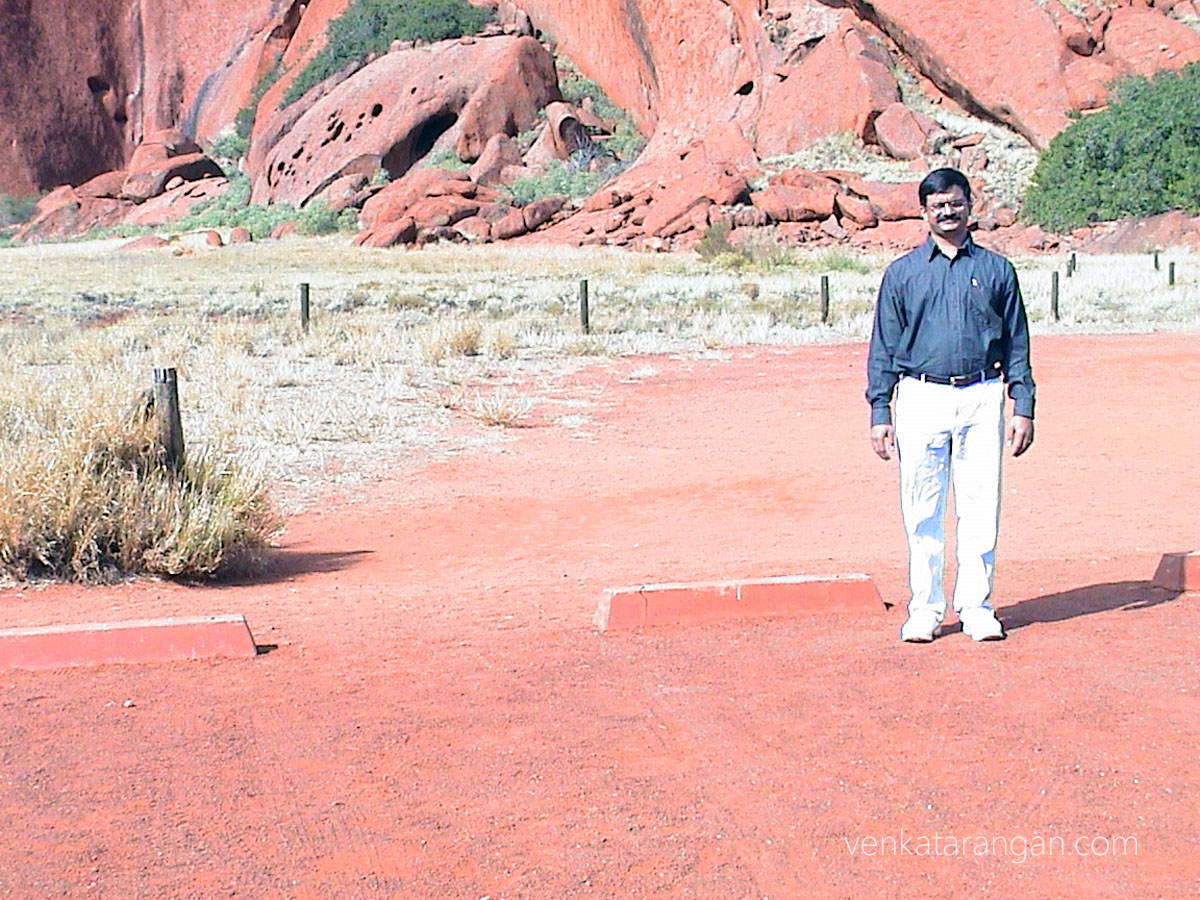
(June 2002) Near the base of Uluru rock
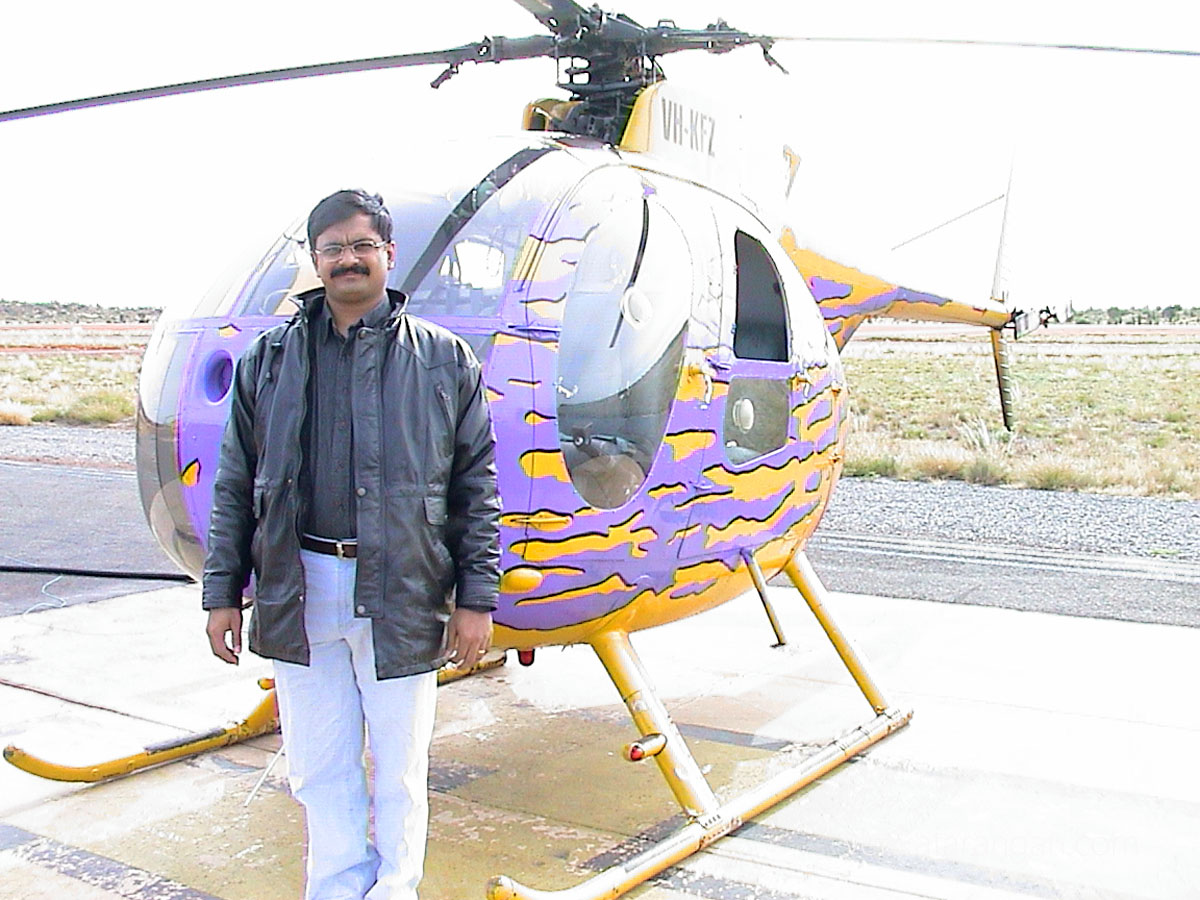
(June 2002) Helicopter Ride over Uluru
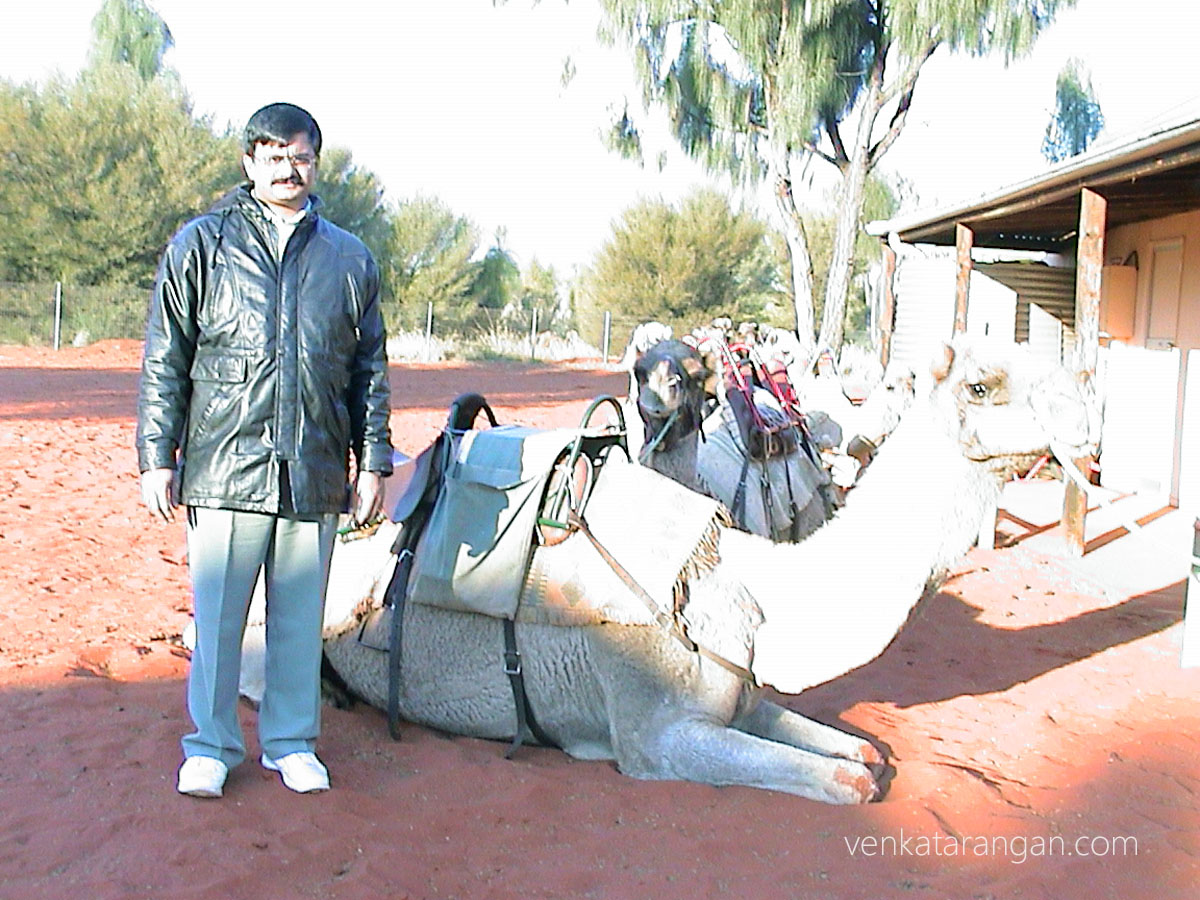
(June 2002) Camel Ride around Uluru
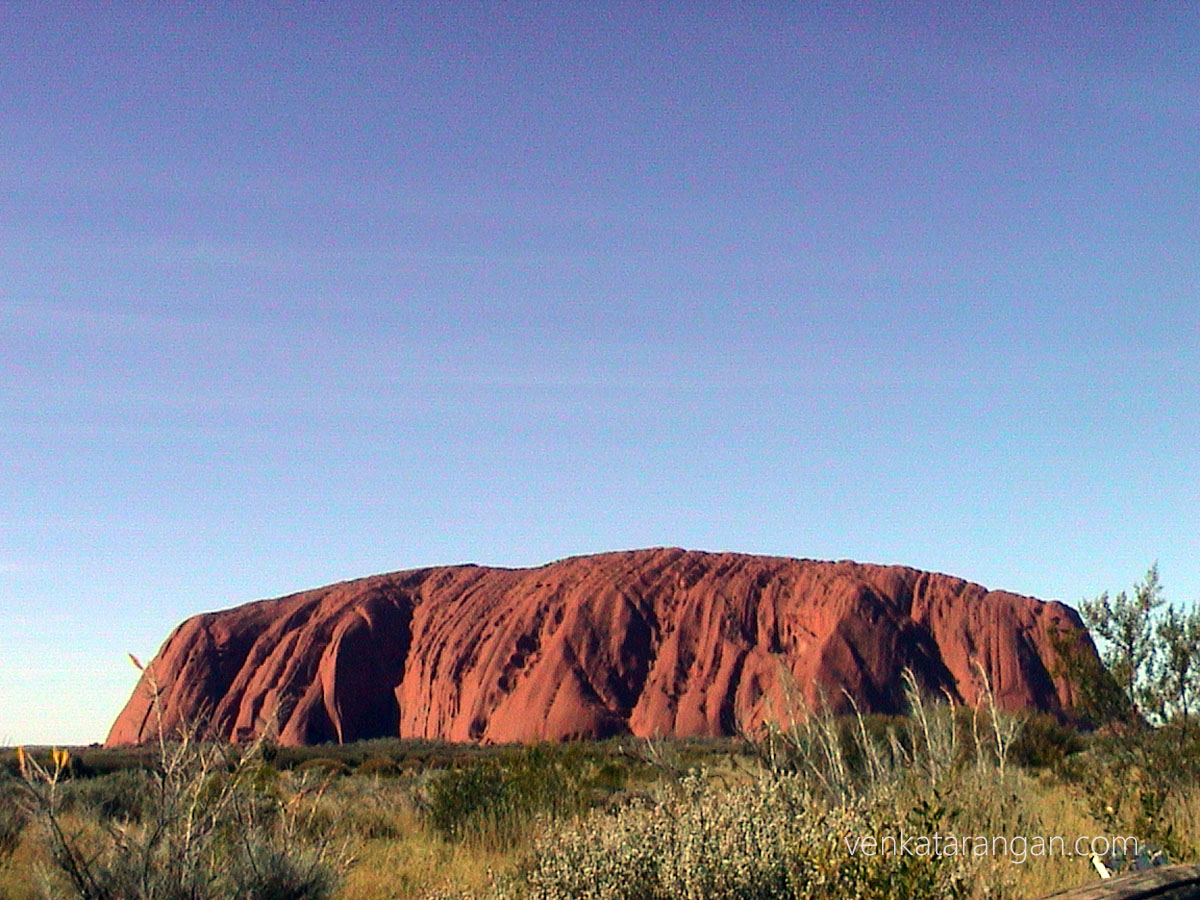
(June 2002) Uluru landmark has a total circumference of 9.4 km
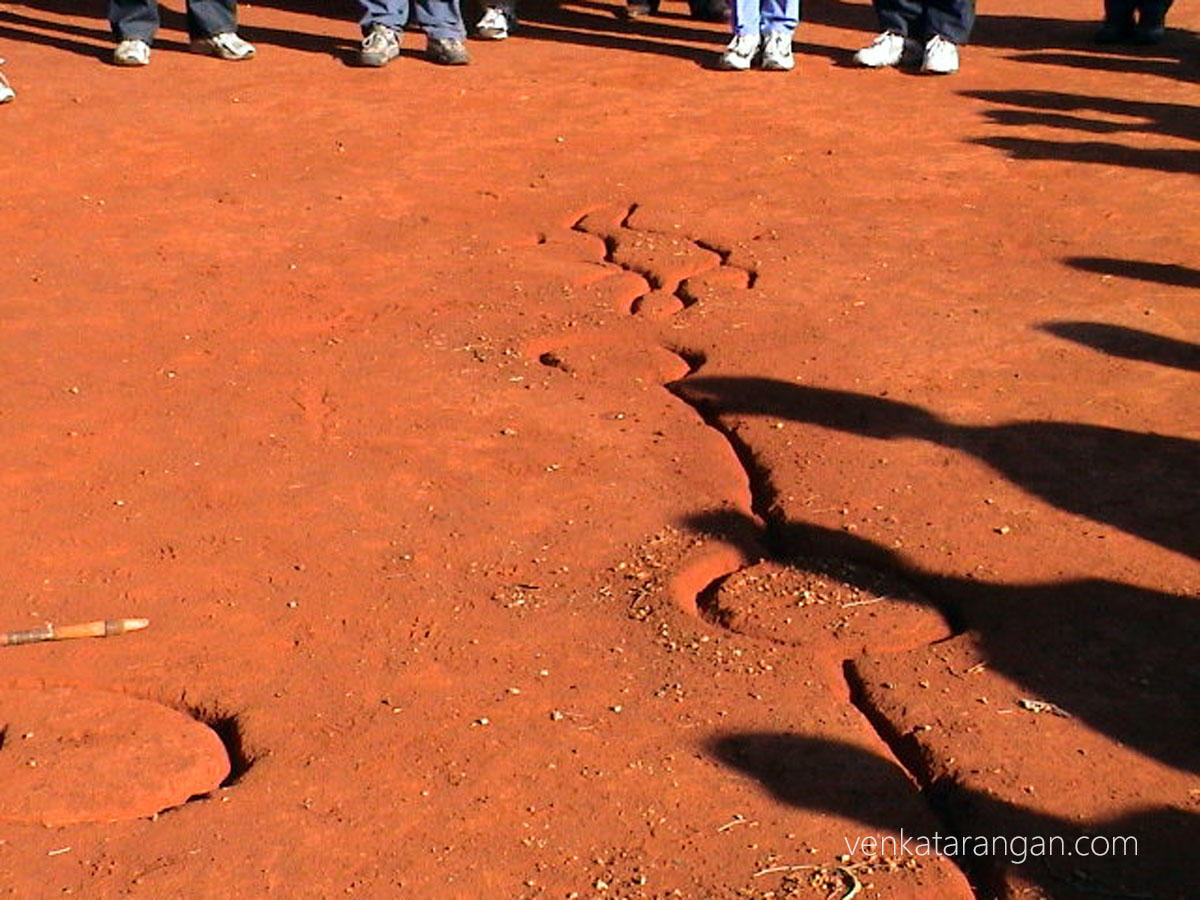
(June 2002) The story of demons and gods of Uluru explained through art drawing on sand
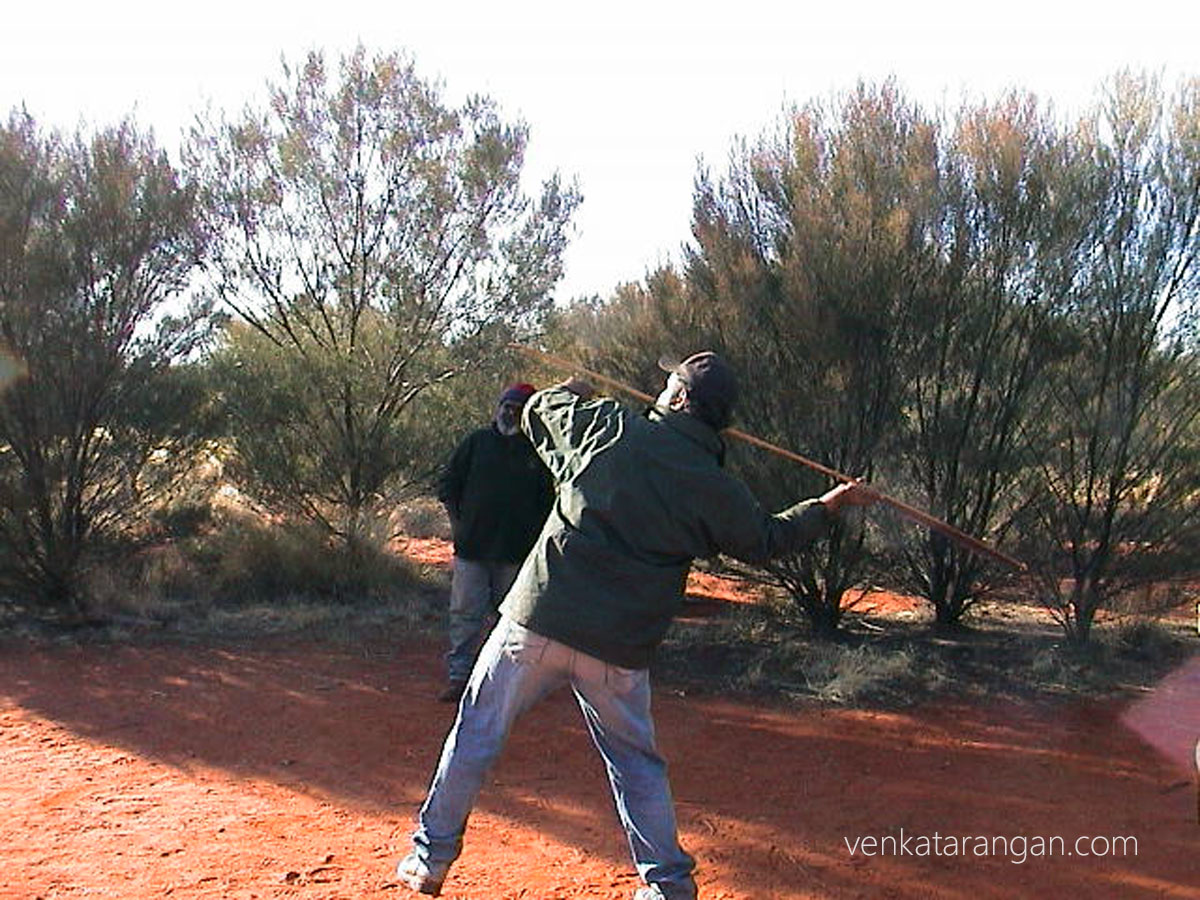
(June 2002) Our Aboriginal guide enacting a scene from their mythology
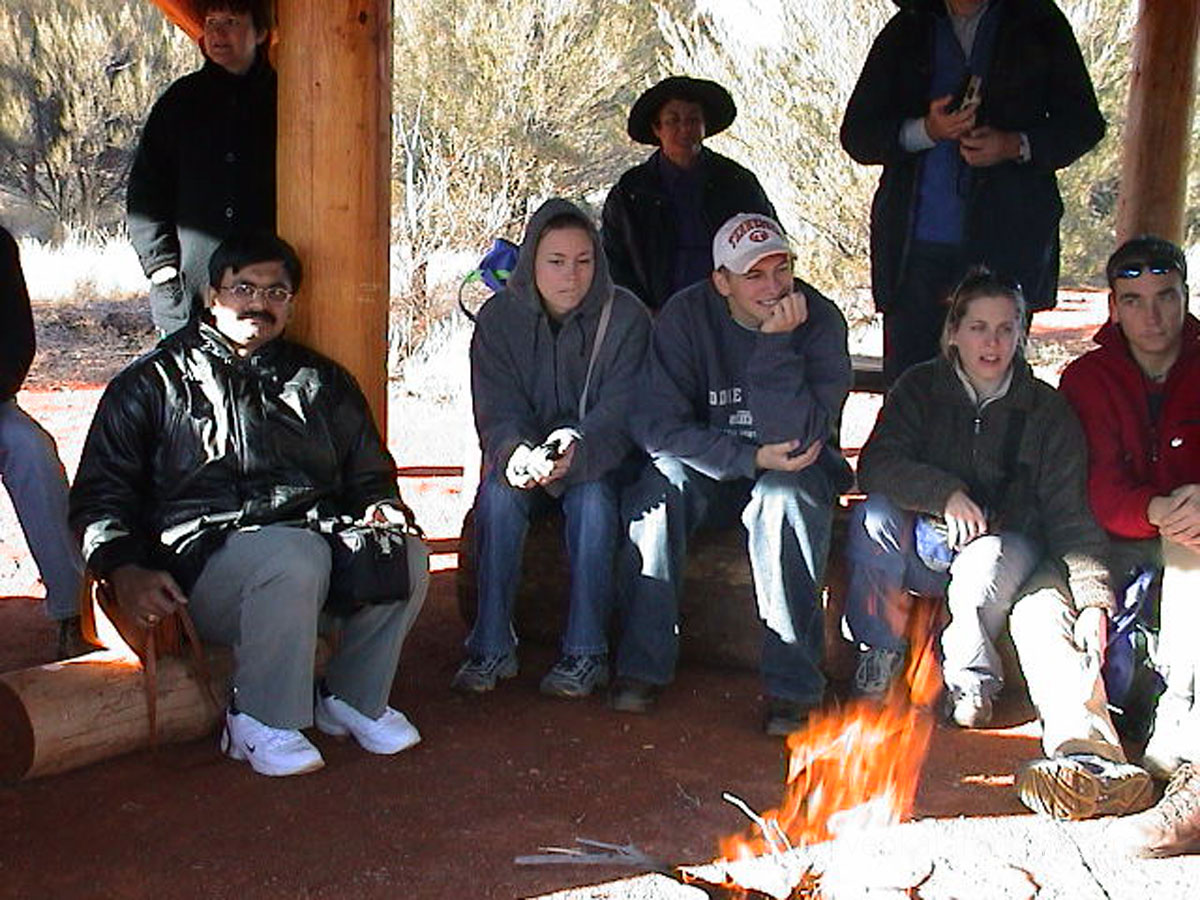
(June 2002) Fireside stories of Uluru – Aboriginal Tribe Tour
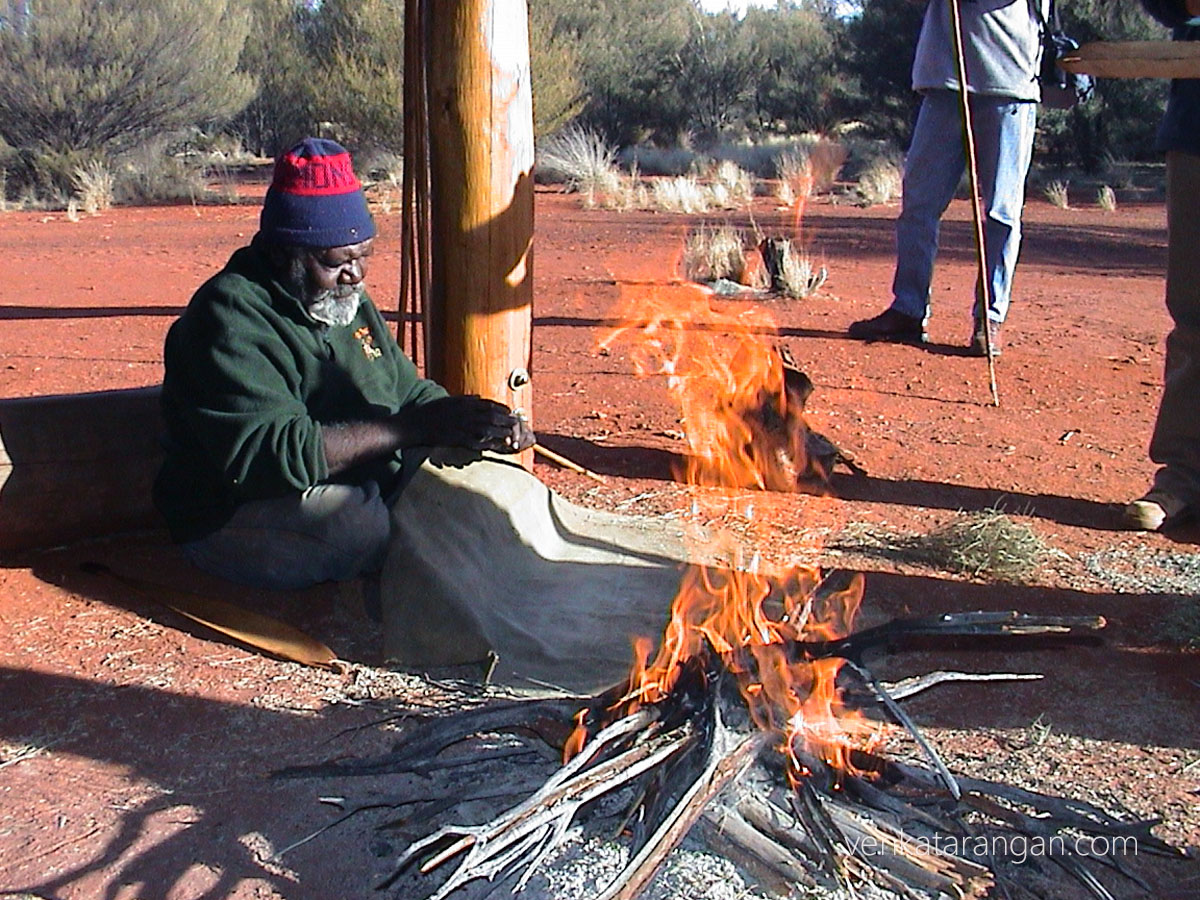
(June 2002) Traditional way of starting a fire by rubbing two sticks got from a specific tree
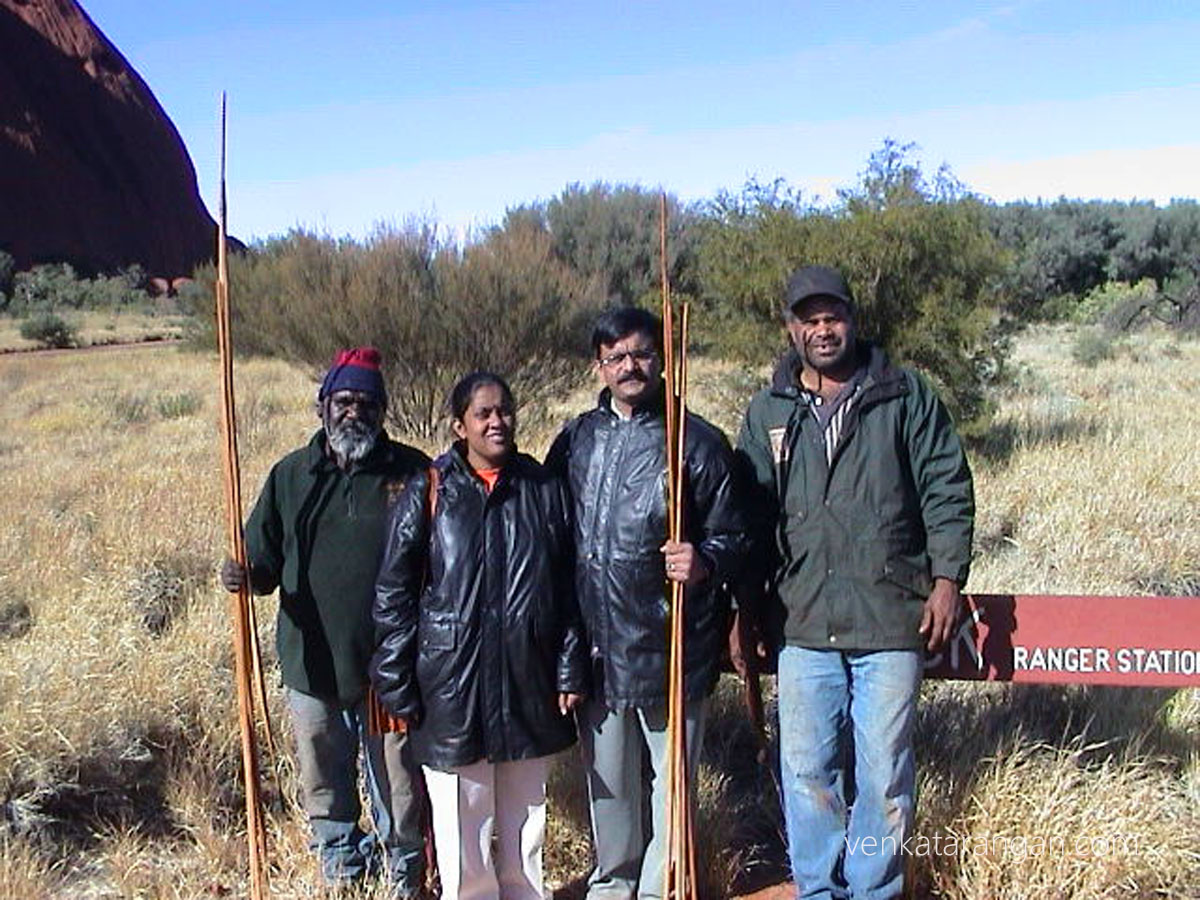
(June 2002) with our aboriginal guides, to the right of me is Anangu man Sammy Wilson (my guess I am identifying him correctly)
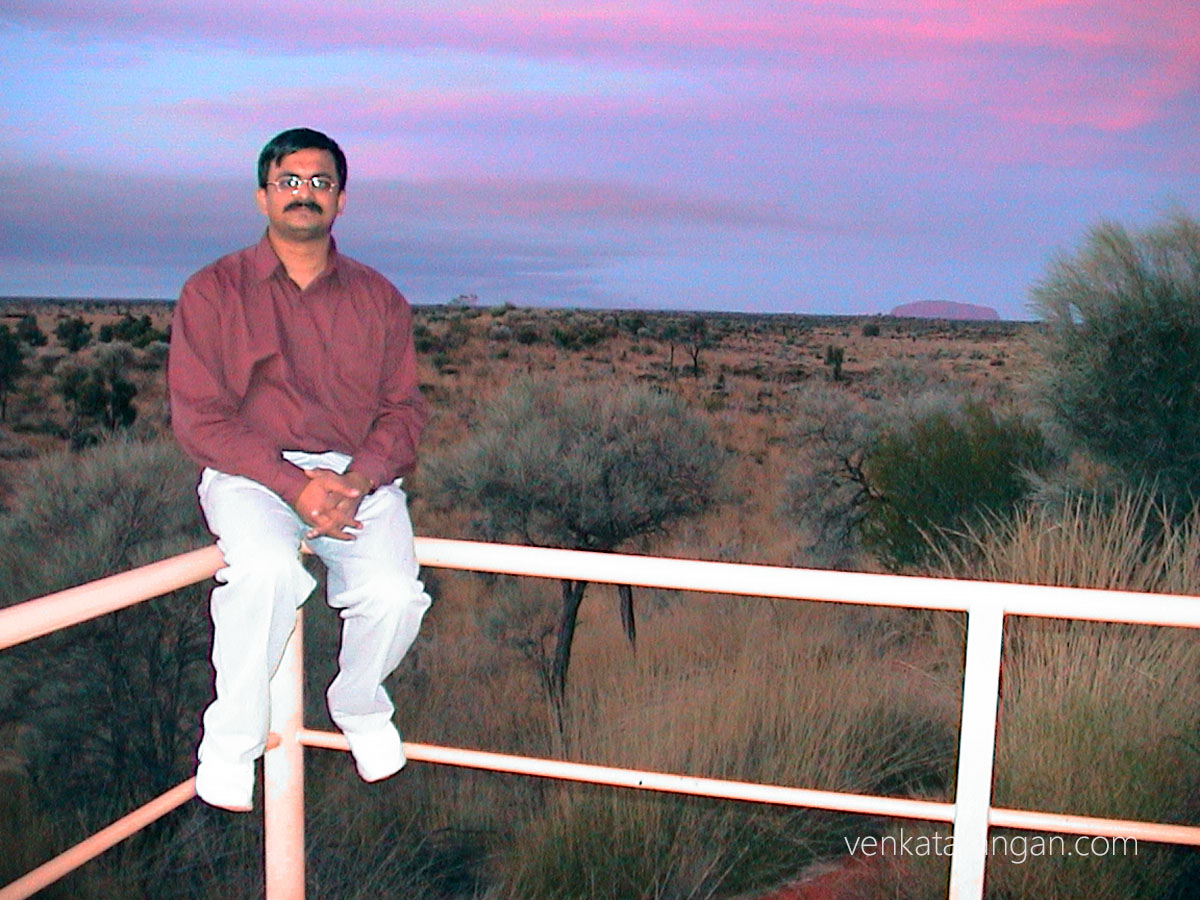
(June 2002) The view from each of the viewpoints around the park are breathtaking especially the sunset


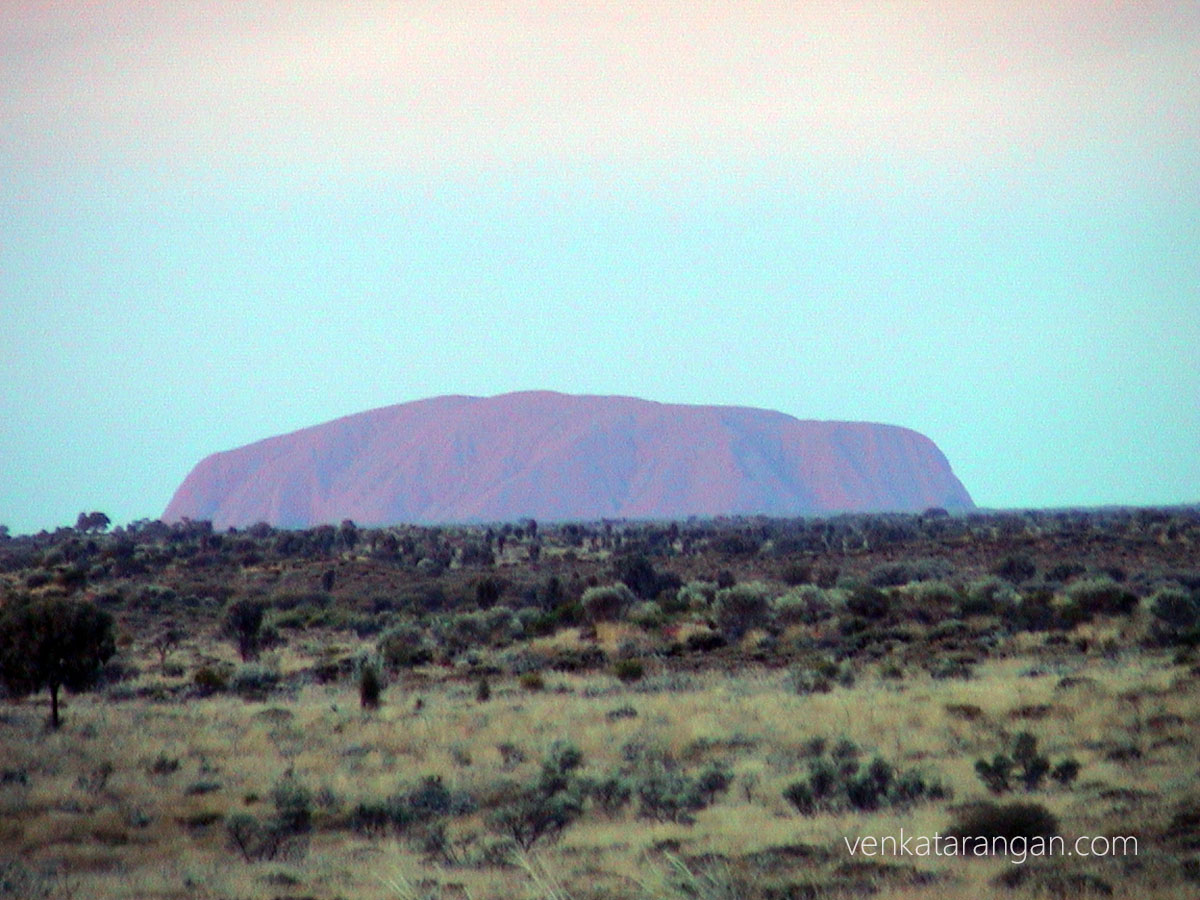
Comments